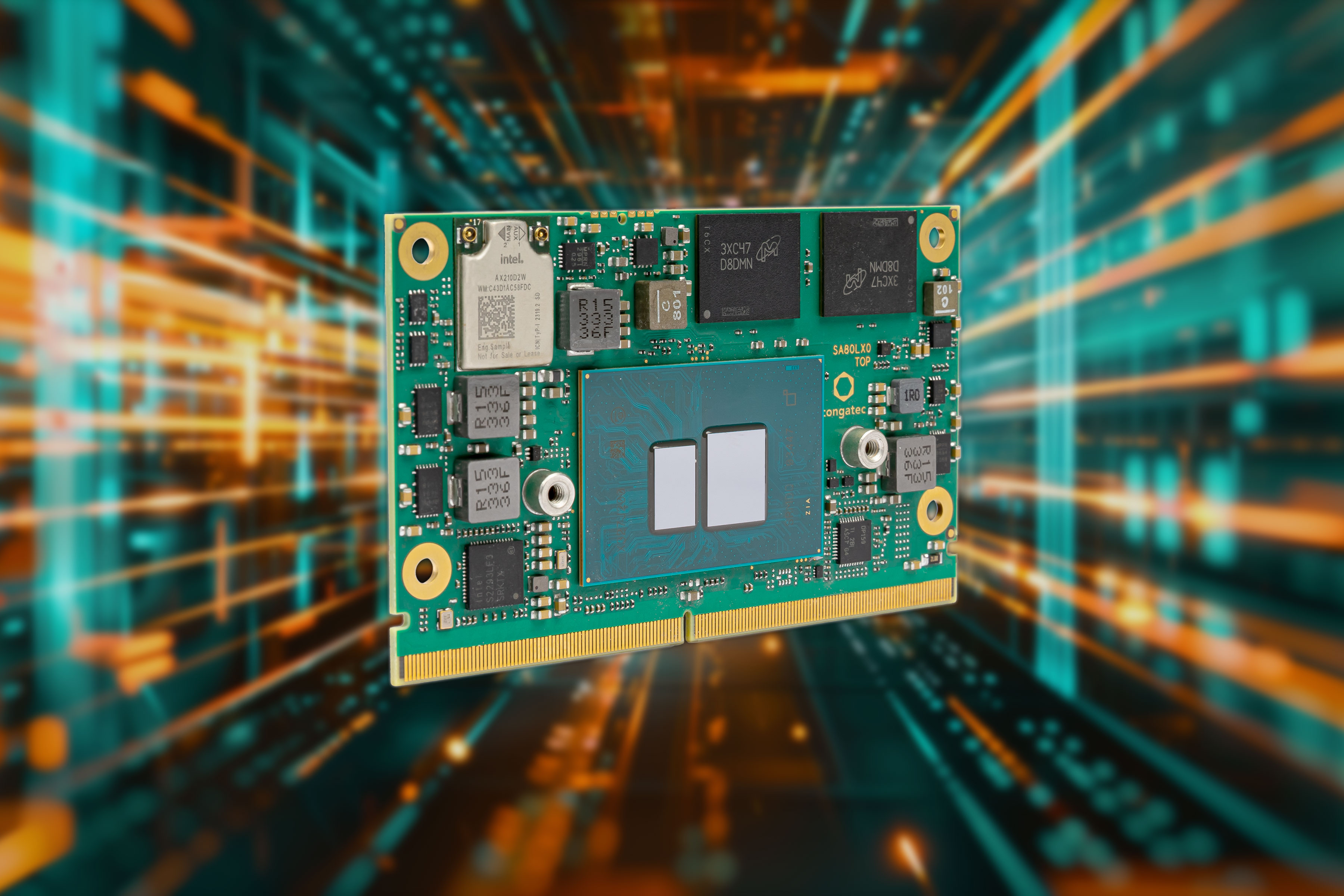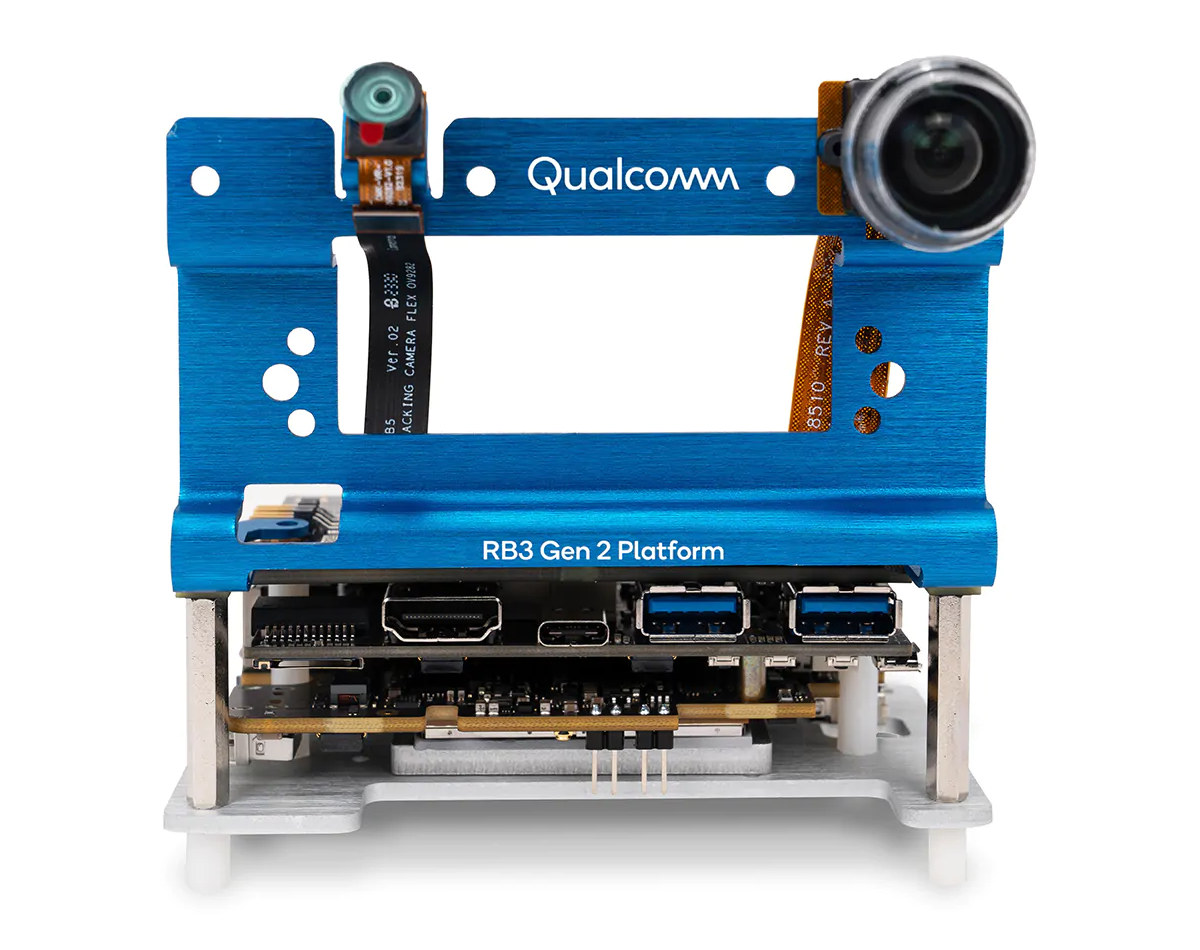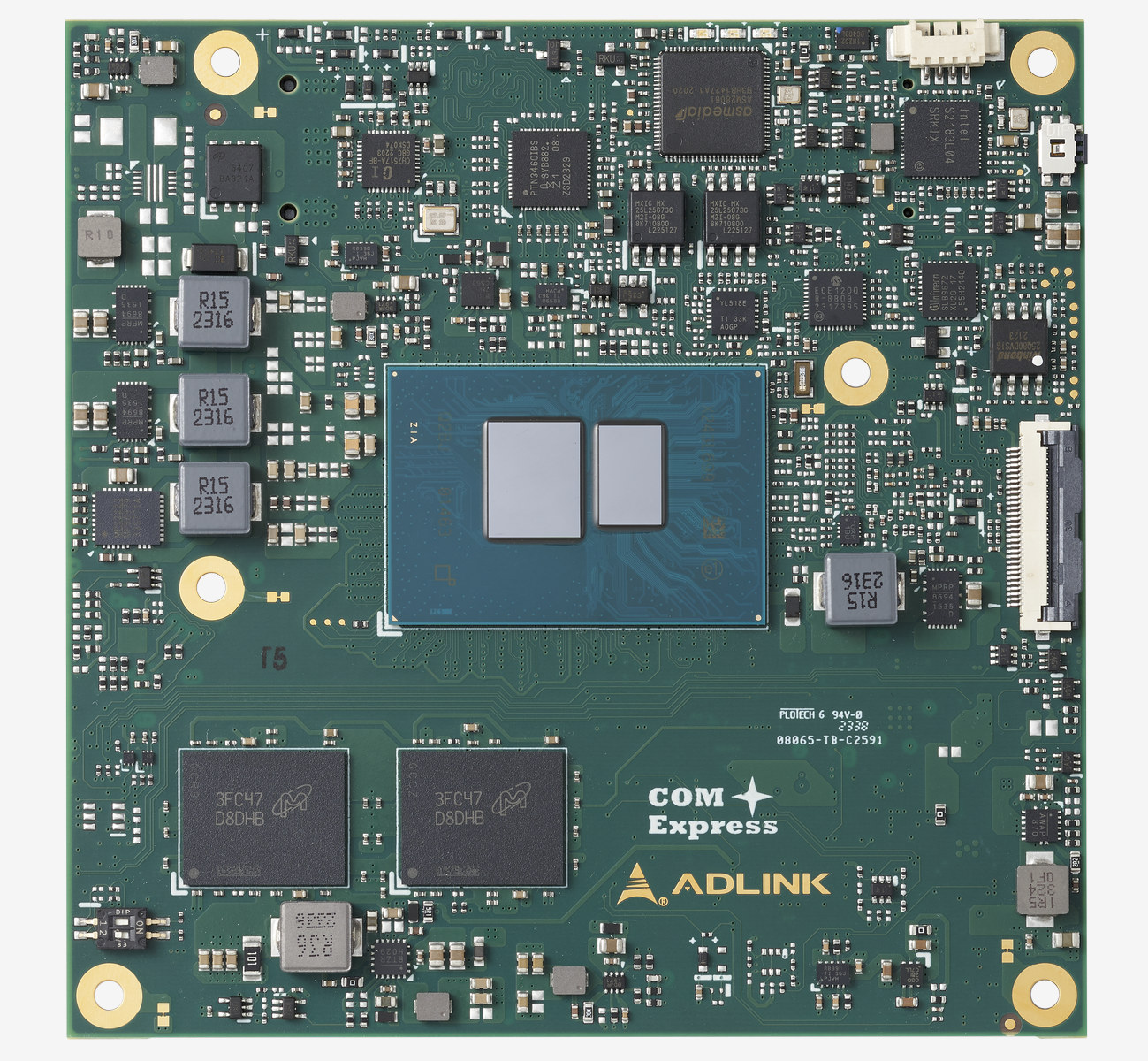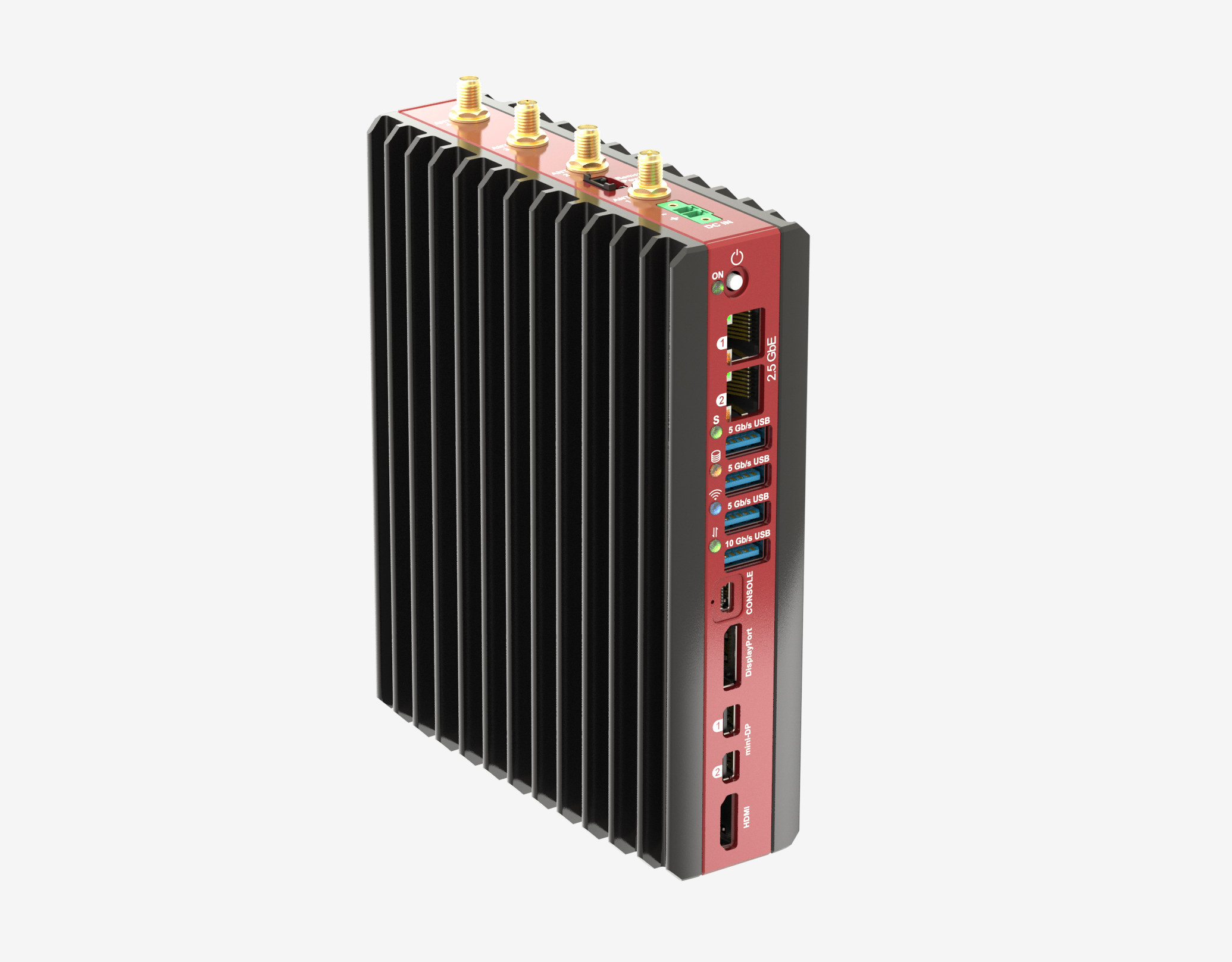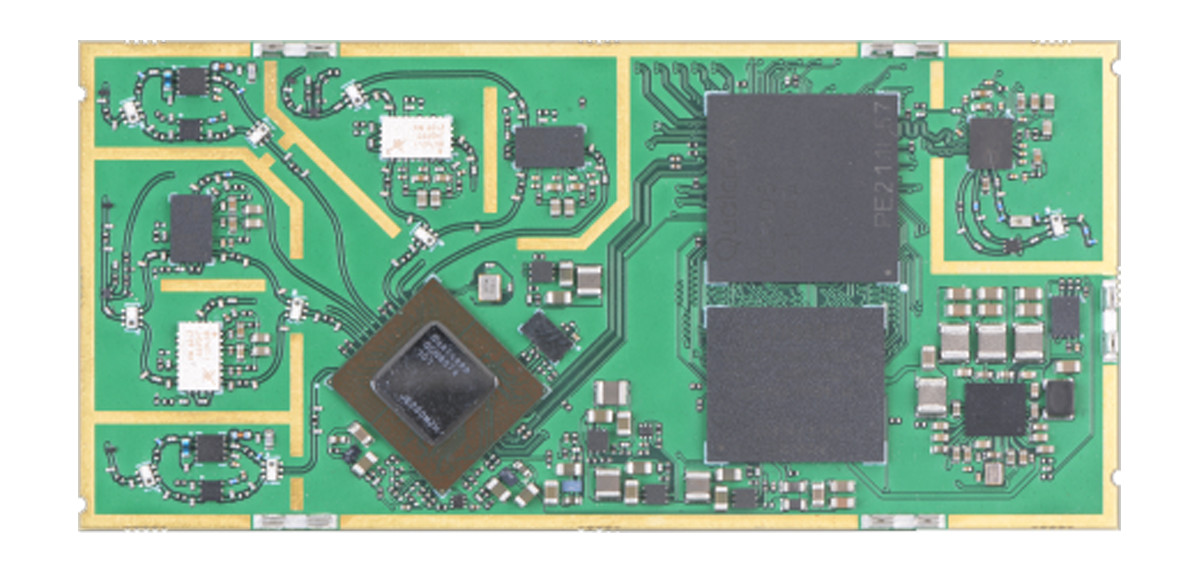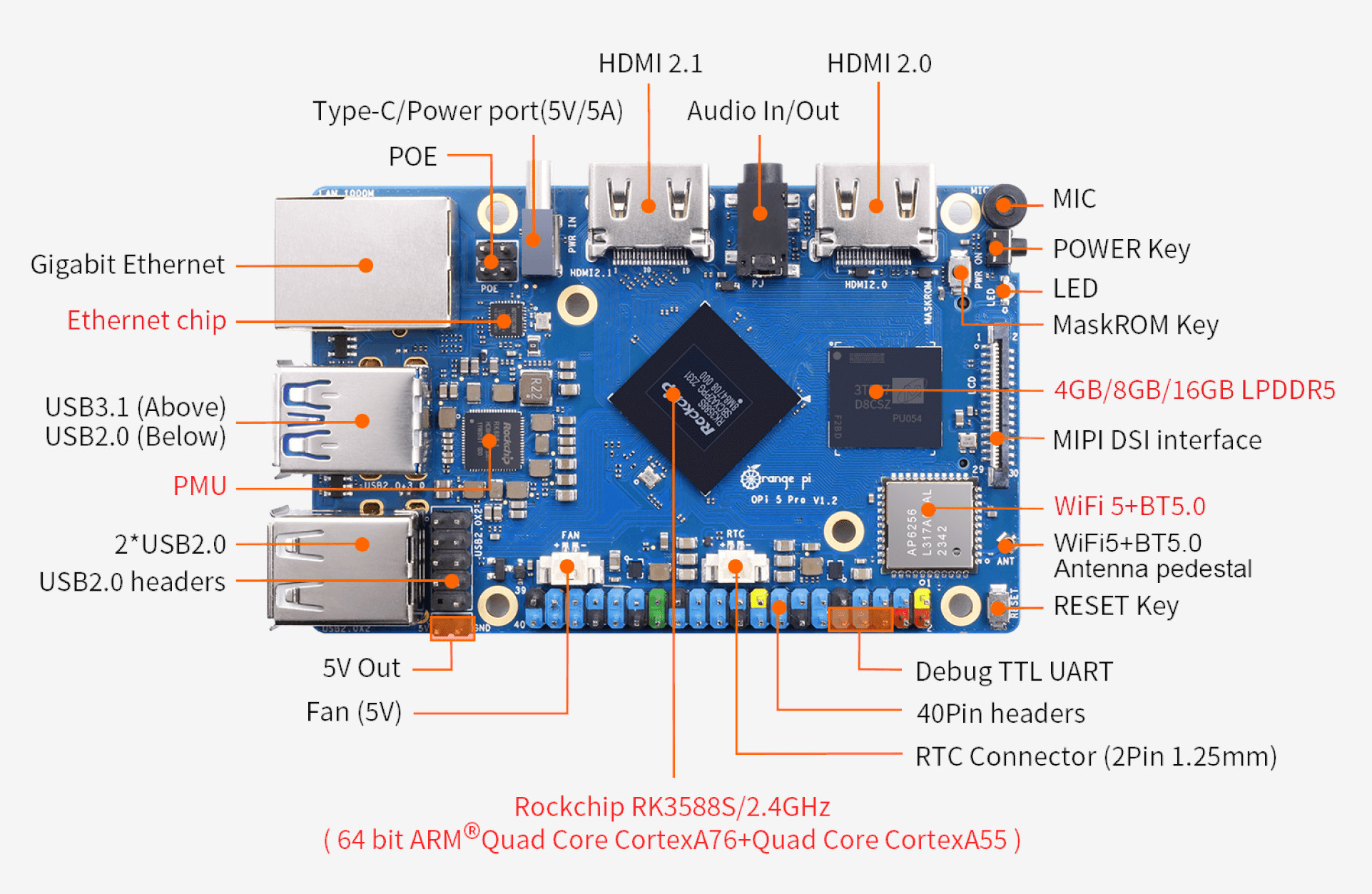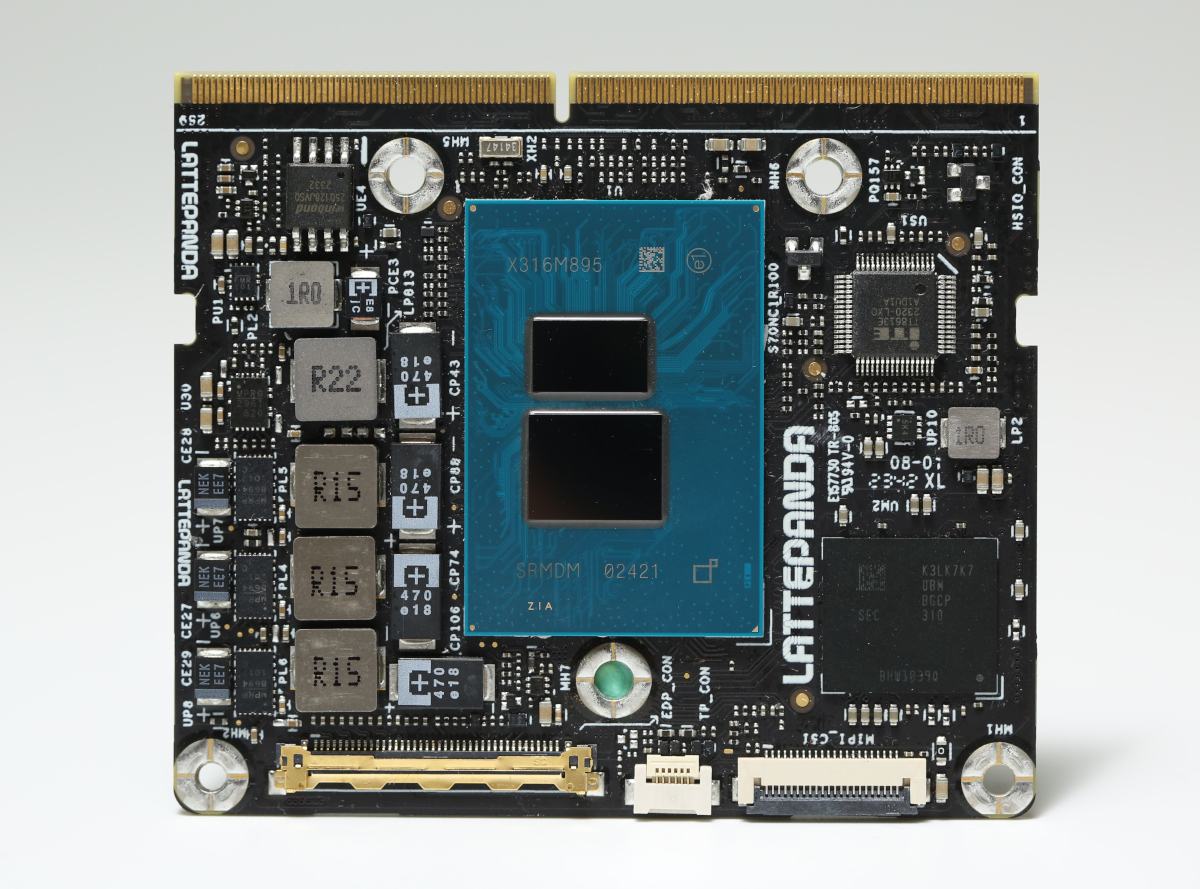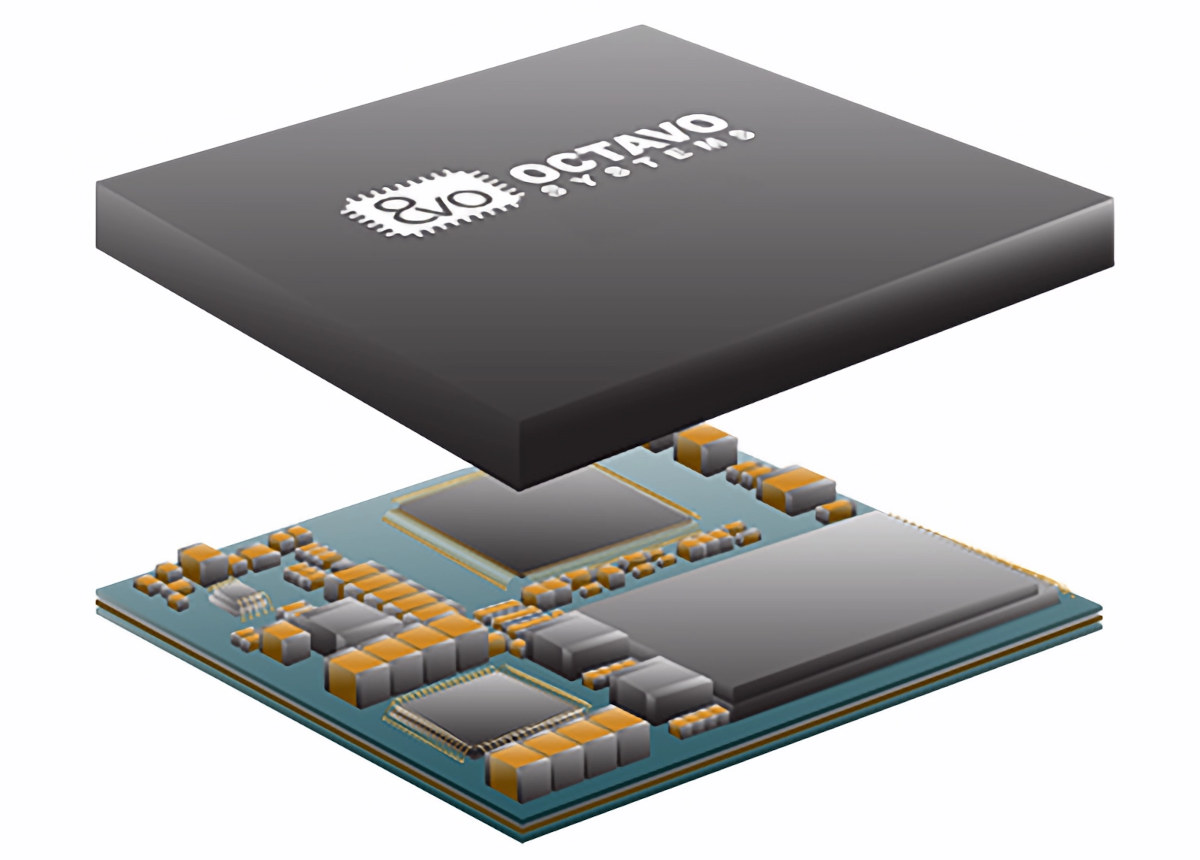Congatec’s new conga-SA8 SMARC modules are powered by the Intel Atom x7000RE “Amston Lake” processors. With twice the processing cores and similar power consumption to the previous generation, congatec’s new credit-card-sized modules are “intended for future-facing industrial edge computing and powerful virtualization.” An Intel Core i3‑N305 Alder Lake-N processor is also offered as an alternative to the Intel Atom x7000RE series for high-performance IoT edge applications. The conga-SA8 modules support up to 16GB LPDDR5 onboard memory, 256GB eMMC 5.1 onboard flash memory, and offer several high-bandwidth interfaces such as USB 3.2 Gen 2, PCIe Gen 3, and SATA Gen 3. The integrated Intel UHD Gen 12 graphics processing unit has up to 32 execution units and can power three independent 4K displays. The conga-SA8 is described as virtualization-ready and has a hypervisor (virtual machine monitor) integrated into the firmware. The RTS hypervisor takes complete advantage of the eight processing cores […]
Qualcomm RB3 Gen 2 Platform with Qualcomm QCS6490 AI SoC targets robotics, IoT and embedded applications
Qualcomm had two main announcements at Embedded World 2024: the ultra-low-power Qualcomm QCC730 WiFi microcontroller for battery-powered IoT devices and the Qualcomm RB3 Gen 2 Platform hardware and software solution designed for IoT and embedded applications based on the Qualcomm QCS6490 processor that we’re going to cover today. The kit is comprised of a QCS6490 octa-core Cortex-A78/A55 system-on-module with 12 TOPS of AI performance, 6GB RAM, and 128GB UFS flash connected to the 96Boards-compliant Qualcomm RBx development mainboard through interposer, as well as optional cameras, microphone array, and sensors. Qualcomm QCS6490/QCM6490 IoT processor Specifications: CPU – Octa-core Kryo 670 with 1x Gold Plus core (Cortex-A78) @ 2.7 GHz, 3x Gold cores (Cortex-A78) @ 2.4 GHz, 4x Silver cores (Cortex-A55) @ up to 1.9 GHz GPU – Adreno 643L GPU @ 812 MHz with support for Open GL ES 3.2, Open CL 2.0, Vulkan 1.x, DX FL 12 DSP – Hexagon […]
ADLINK unveils Intel Atom x7000RE & x7000C Amston Lake COM Express and SMARC 2.1 modules
ADLINK has released two Intel Atom X7000RE & x7000C Amston Lake-powered modules with the cExpress-ASL COM Express Type 6 Compact module and the LEC-ASL SMARC 2.1 system-on-module both offered with up to 16GB LPDDR5 soldered-down memory and 2.5GbE networking. The modules are designed for high-performance, low-power, and ruggedized edge solutions running 24/7, and with support for Intel TCC and Time Sensitive Networking (TSN), the modules are also suitable for hard-real-time computing workloads required by use cases such as industrial automation, AI robots, smart retail, transportation, network communication, and more. Intel Atom x7000RE and x7000C Amston Lake processors The announcement came as a surprise because I had never heard about Intel Amston Lake processors so far. It might be because they were just announced and all seven SKUs are embedded parts with two to eight cores, and as a result, they may not quite get as much coverage as consumer processors. […]
SolidRun Bedrock R8000 is the first Industrial PC to feature AMD Ryzen Embedded 8000 series
Israeli embedded systems manufacturer, SolidRun, has recently introduced the Bedrock R8000, a new fanless, Industrial PC targeted at edge AI applications. The Bedrock R8000 integrates the newly-announced AMD Ryzen Embedded 8000 series processors with 8 Zen 4 cores and 16 threads clocked at up to 5.1 GHz. The Ryzen Embedded 8000 Series has a 16 TOPS NPU for AI workloads and offers up to 10 years of guaranteed availability. Also, up to 3 AI accelerators (either Hailo-10 or Hailo 8) can be combined with the onboard NPU to achieve over 100 TOPS for generative or inferencing AI workloads. Apart from the Ryzen Embedded 8000 series, the Bedrock R8000 series also supports other Accelerated Processing Units (APU) in the “Hawk Point” family. The CPU power limit can be adjusted in the BIOS within a range of 8W to 54W. Memory goes up to 96GB DDR5 ECC/non-ECC and three NVME PCIe Gen4 […]
8devices TobuFi SoM is designed for drones, robotics, and advanced audio systems
8devices has recently introduced TobuFi, a Qualcomm QCS405-powered System-on-Module (SoM) featuring dual-band Wi-Fi 6 and Wi-Fi 5 capabilities. The device also features 1GB LPDDR3, 8GB of eMMC storage, and multiple display resolutions. It also offers various interfaces, including USB 3.0, HDMI, I2S, DMIC, SDC, UART, SPI, I2C, and GPIO. In previous posts, we covered 8devices product launches like the Noni M.2 WiFi 7 module, Rambutan and Rambutan-I modules, Habanero IPQ4019 SoM, Mango-DVK OpenWrt Devkit, and many more innovative products. If you’re interested in 8devices, feel free to check those out for more details. 8devices TobuFi SoM specifications: SoC – Qualcomm QCS405 CPU – Quad-core Arm Cortex-A53 at 1.4GHz; 64-bit GPU – Qualcomm Adreno 306 GPU at 600MHz; supports 64-bit addressing DSP – Qualcomm Hexagon QDSP6 v66 with Low Power Island and Voice accelerators Memory – 1GB LPDDR3 + 8GB eMMC Storage 8GB eMMC flash SD card – One 8-bit (SDC1, 1.8V) and one […]
Orange Pi 5 Pro – A low-cost Rockchip RK3588S SBC with up to 16GB LPDDR5 RAM, dual HDMI video output
As mentioned in the Orange Pi Developer Conference 2024 article, the Orange Pi 5 Pro launch was just around the corner, and the latest Rockchip RK3588S SBC is now available on Amazon or Aliexpressfor $109 and up with 16GB LPDDR5 RAM, but cheaper 4GB ($60) and 8GB ($80) variants are coming soon. One would think the Orange Pi 5 Pro would be an evolution of the Orange Pi 5 SBC with LPDDR4 memory, and in some ways it is, but there are enough changes to display ports, storage, wireless, GPIO header, and even the form factor that make a direct comparison challenging. Orange Pi 5 Pro specifications: SoC – Rockchip RK3588S CPU – Octa-core processor with 4x Cortex-A76 cores @ up to 2.4 GHz, 4x Cortex-A55 cores @ up to 1.8 GHz GPU – Arm Mali-G610 MP4 GPU with OpenGL ES 3.2, OpenCL 2.2, and Vulkan 1.2 support VPU – […]
LattePanda Mu is an x86 Compute Module based on Intel Processor N100 CPU
The LattePanda Mu is a compute module/system-on-module based on the popular Intel Processor N100 quad-core Alder Lake-N processor that can run Windows or Linux and aims to provide a more powerful solution than the Raspberry Pi 5 and upcoming Raspberry Pi CM5 (Compute Module 5). The LattePanda Mu does not follow any SoM standard and instead comes in a custom 69.6 x 60mm form factor using a 260-pin SO-DIMM edge connector. The module is equipped with 8GB RAM and 64GB eMMC flash by default, and the interfaces exposed through the edge connector (PCIe, USB, Ethernet, HDMI…) make it suitable for a range of applications such as IoT, robotics, digital signage, and edge computing through custom carrier boards. LattePanda Mu specifications: SoC – Intel Processor N100 quad-core Alder Lake-N processor @ up to 3.4 GHz (Turbo) with 6MB cache, 24EU Intel HD graphics @ 750 MHz; TDP: 6W System Memory – […]
Octavo OSD32MP2 System-in-Package (SiP) packs an STM32MP25 SoC, DDR4, EEPROM, and passive components into a single chip
Octavo Systems OSD32MP2 is a family of two System-in-Package (SiP) modules, comprised of the OSD32MP2 and OSD32MP2-PM, based on the STMicro STM32MP25 Arm Cortex-A35/M33 AI processor, DDR4 memory, and various components to reduce the complexity, size, and total cost of ownership of solutions based on the STM32MP2 chips. The OSD32MP2 is a larger, yet still compact, 21x21mm package with the STM32MP25, DDR4, EEPROM, oscillators, PMIC, passive components, and an optional RTC, while the OSD32MP2-PM is even smaller at 14x9mm and combines the STM32MP25, DDR4, and passive components in a single chip. OSD32MP2 specifications: SoC – STMicro STM32MP25 CPU – Up to 2x 64-bit Arm Cortex-A35 @ 1.5 GHz MCU 1x Cortex-M33 @ 400 MHz with FPU/MPU; 1x Cortex M0+ @ 200 MHz in SmartRun domain GPU – VeriSilicon 3D GPU @ 900 MHz with OpenGL ES 3.2 and Vulkan 1.2 APIs support VPU – 1080p60 H.264, VP8 video decoder/encoder Neural […]


